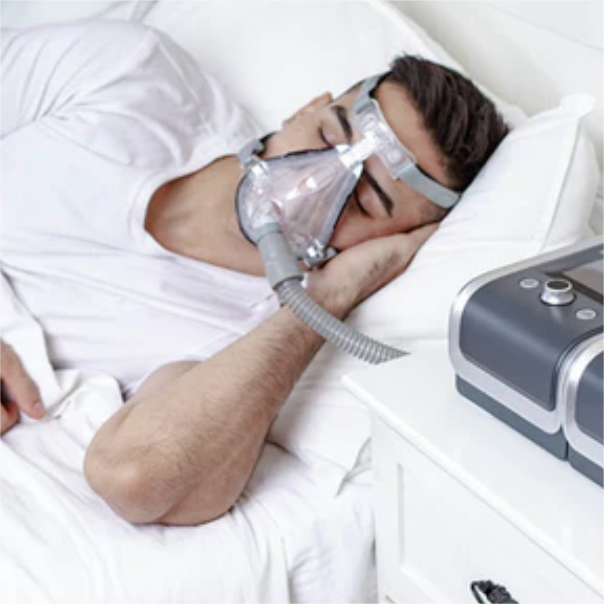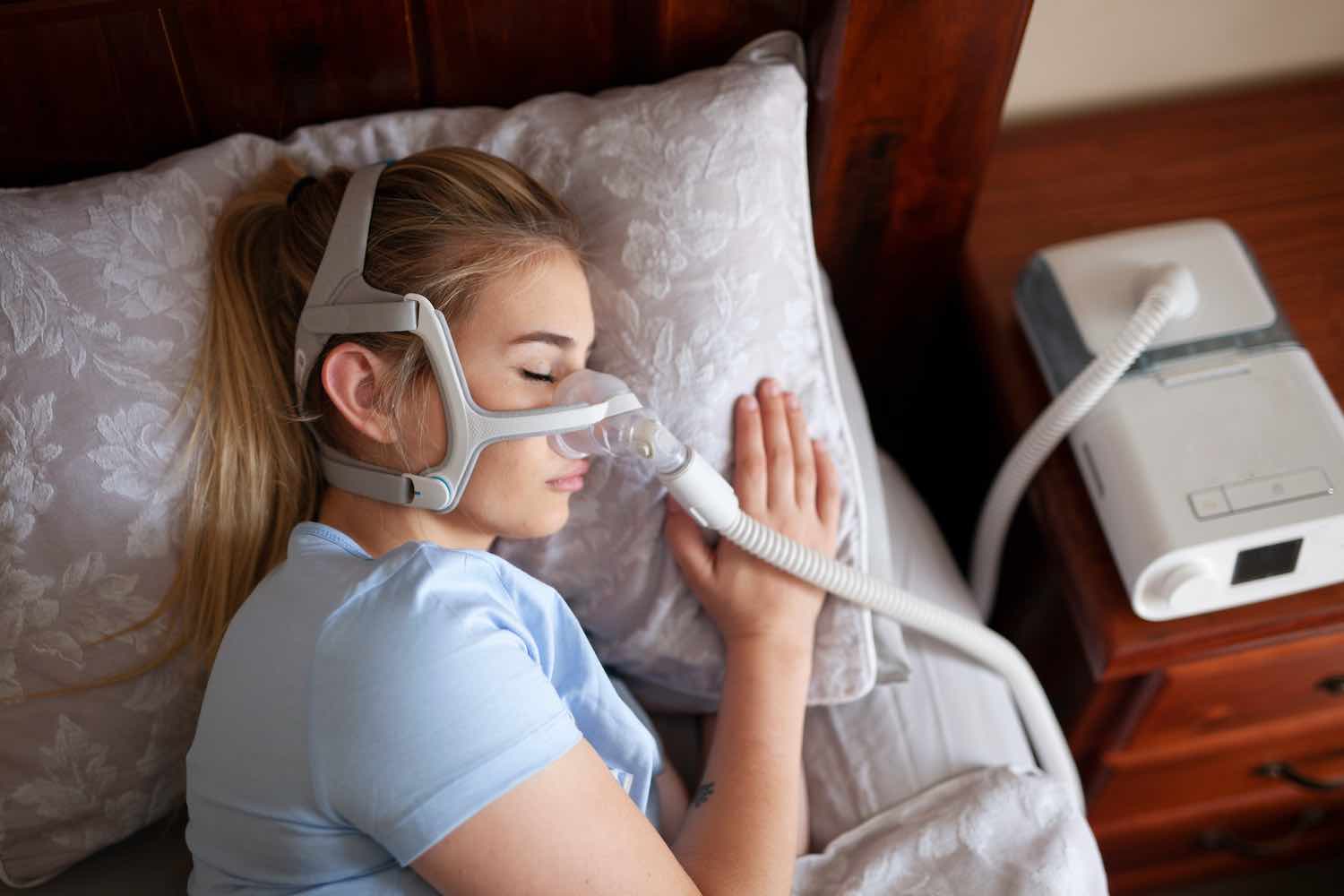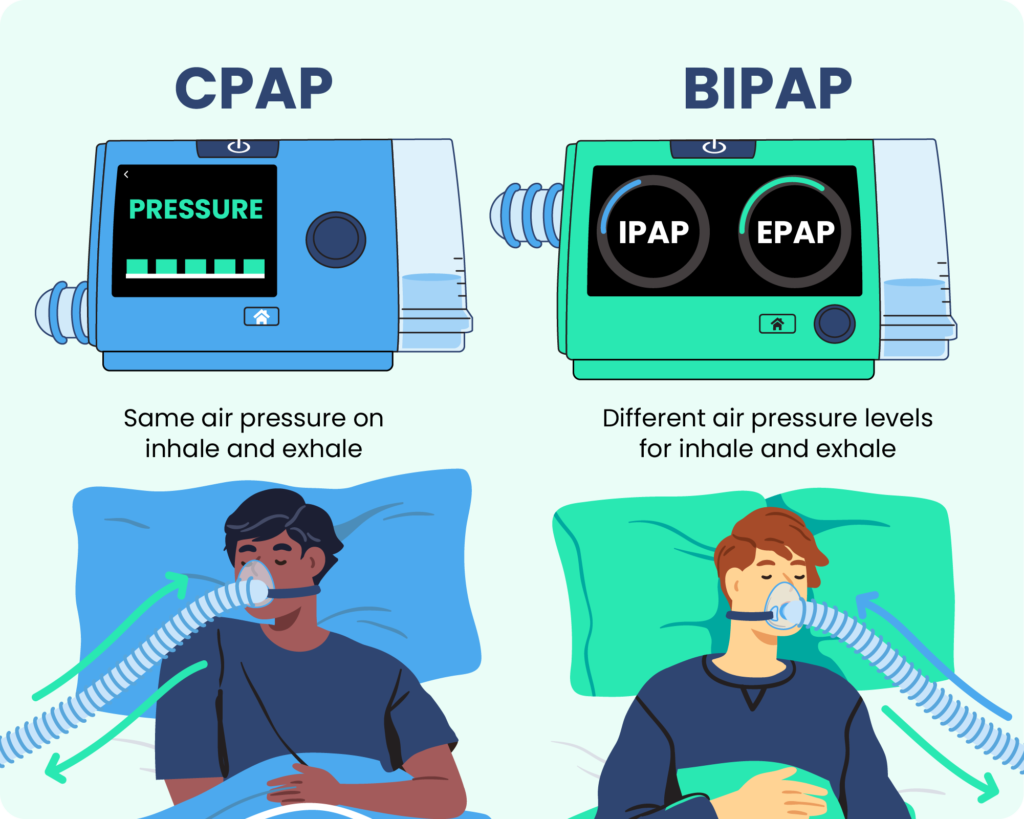BiPAP Rental: A Cost-Effective Alternative to Buying
BiPAP Rental: A Cost-Effective Alternative to Buying
Blog Article
Bipap vs. CPAP: Which Is the most effective for Your Rest Disorder?
When navigating the intricacies of sleep problems, the option between BiPAP and CPAP treatment is an important consideration. While CPAP gives a consistent airflow ideal for obstructive sleep apnea, BiPAP's dual stress settings may boost convenience for those with more intricate respiratory problems.
Recognizing Sleep Disorders
Sleep problems incorporate a series of problems that disrupt normal rest patterns, impacting both the high quality and duration of remainder. These problems can materialize in numerous forms, consisting of sleeping disorders, rest apnea, narcolepsy, restless leg disorder, and parasomnias. Each problem presents distinct challenges, commonly leading to considerable daytime exhaustion, cognitive impairment, and emotional disruptions.
Insomnia is defined by trouble dropping or staying asleep, while sleep apnea includes duplicated interruptions in breathing during sleep, usually resulting in fragmented rest. Narcolepsy, on the various other hand, is noted by too much daytime sleepiness and sudden sleep assaults. Troubled leg disorder creates uncomfortable feelings in the legs, triggering an irrepressible impulse to move them, which can also hinder the capability to go to sleep.
The effect of rest problems expands past specific wellness, influencing general performance, partnerships, and lifestyle. Recognizing the details nature of each disorder is essential for efficient diagnosis and treatment. As sleep health becomes increasingly recognized as an important component of overall well-being, addressing these disorders is essential for enhancing both rest top quality and everyday functioning.
How CPAP Functions
Constant Positive Respiratory Tract Stress (CPAP) treatment is regularly used as a primary treatment for obstructive rest apnea (OSA) The mechanism of CPAP involves the use of a maker that delivers a stable stream of air through a mask put on throughout sleep. This airflow preserves positive pressure in the respiratory tract, protecting against the collapse or blockage of the throat that can occur during sleep.
When a patient takes in, the CPAP equipment gives a continual flow of air, ensuring that the respiratory tract stays open - BiPAP Rental. This not just minimizes the symptoms of OSA, such as snoring and interrupted sleep patterns, but also minimizes the affiliated health and wellness risks, consisting of cardiovascular difficulties and daytime tiredness
The stress settings on a CPAP equipment can be personalized to fulfill private person needs, usually figured out via a sleep research. Clients generally undertake titration research studies to locate the optimal stress degree for their distinct problem. Normal follow-up and adjustments might be essential to guarantee effectiveness and convenience. Overall, CPAP therapy has been shown to substantially improve the high quality of rest and overall health and wellness for people dealing with obstructive sleep apnea.
Exactly How BiPAP Functions
BiPAP, or Bilevel Positive Respiratory Tract Stress, is a customized type of non-invasive air flow that is specifically helpful for people with problems such as intricate rest apnea or respiratory system problems. Unlike CPAP, which supplies a continual stream of air at a solitary stress, BiPAP gives 2 unique pressure settings: a higher inspiratory stress for breathing and a reduced expiratory pressure for exhalation. This dual-pressure method enables her explanation much easier breathing, minimizing the effort required during exhalation.
The tool runs with a mask fitted over the nose or mouth, linked to a device that generates air stress. When the person breathes in, the maker provides the higher stress to help with air flow, guaranteeing that the airway remains open. Upon exhalation, the equipment instantly minimizes the pressure, making it extra comfortable for the patient to take a breath out.

Key Distinctions In Between BiPAP and CPAP

In comparison, BiPAP (Bilevel Positive Airway Stress) offers two various pressure setups: one for breathing and a lower one for exhalation. This dual pressure system permits more comfortable breathing, particularly for clients that fight with exhaling versus a continuous stress. BiPAP is commonly suggested for people with complicated sleep apnea, persistent obstructive pulmonary condition (COPD), or those that call for added assistance during sleep.
Furthermore, the complexity of BiPAP gadgets generally causes a higher price and requires more mindful titration than CPAP. BiPAP Rental. Understanding these key distinctions can aid in recognizing which gadget may be more suitable for particular sleep disorders, setting the foundation for enlightened therapy decisions
Picking the Right Therapy
The decision between BiPAP and CPAP therapy mostly pivots on the specific qualities of the sleep condition, the patient's overall health and wellness, and their comfort with the gadget. CPAP, which provides a continuous stream of air, is generally suggested for obstructive sleep apnea (OSA)
On the other hand, BiPAP provides 2 levels of pressure: one for breathing and a lower one for exhalation. This dual pressure system is beneficial for people with intricate sleep apnea or those that experience problem exhaling versus a continuous pressure. In addition, BiPAP is commonly recommended for people with respiratory problems, such as persistent obstructive lung condition (COPD), where varying stress setups can boost convenience and compliance.
Ultimately, a complete assessment by a rest expert, consisting of a rest study, can help figure out which therapy aligns finest with the individual's requirements. Factors such as convenience, convenience of usage, and details clinical problems ought to likewise be check my site taken into account to maximize treatment outcomes.
Final Thought
In summary, both BiPAP and CPAP offer distinctive objectives in the management of rest problems. CPAP works for obstructive sleep apnea through consistent air movement, while BiPAP supplies dual pressure settings that boost comfort for those with complex rest apnea or respiratory system problems. The choice in between these therapies ought to be assisted by individual demands and conditions, demanding a comprehensive analysis by a sleep expert to ensure optimum treatment results and improved quality of sleep.

Generally, CPAP treatment has actually been shown to significantly improve the high quality of sleep and overall health and wellness for people suffering from obstructive rest apnea.
BiPAP is frequently suggested for individuals with complex sleep apnea, persistent obstructive lung disease (COPD), or those that need added support during sleep.
CPAP is efficient for obstructive rest apnea via regular air flow, while BiPAP offers blog double stress setups that improve comfort for those with complex rest apnea or respiratory issues.
Report this page